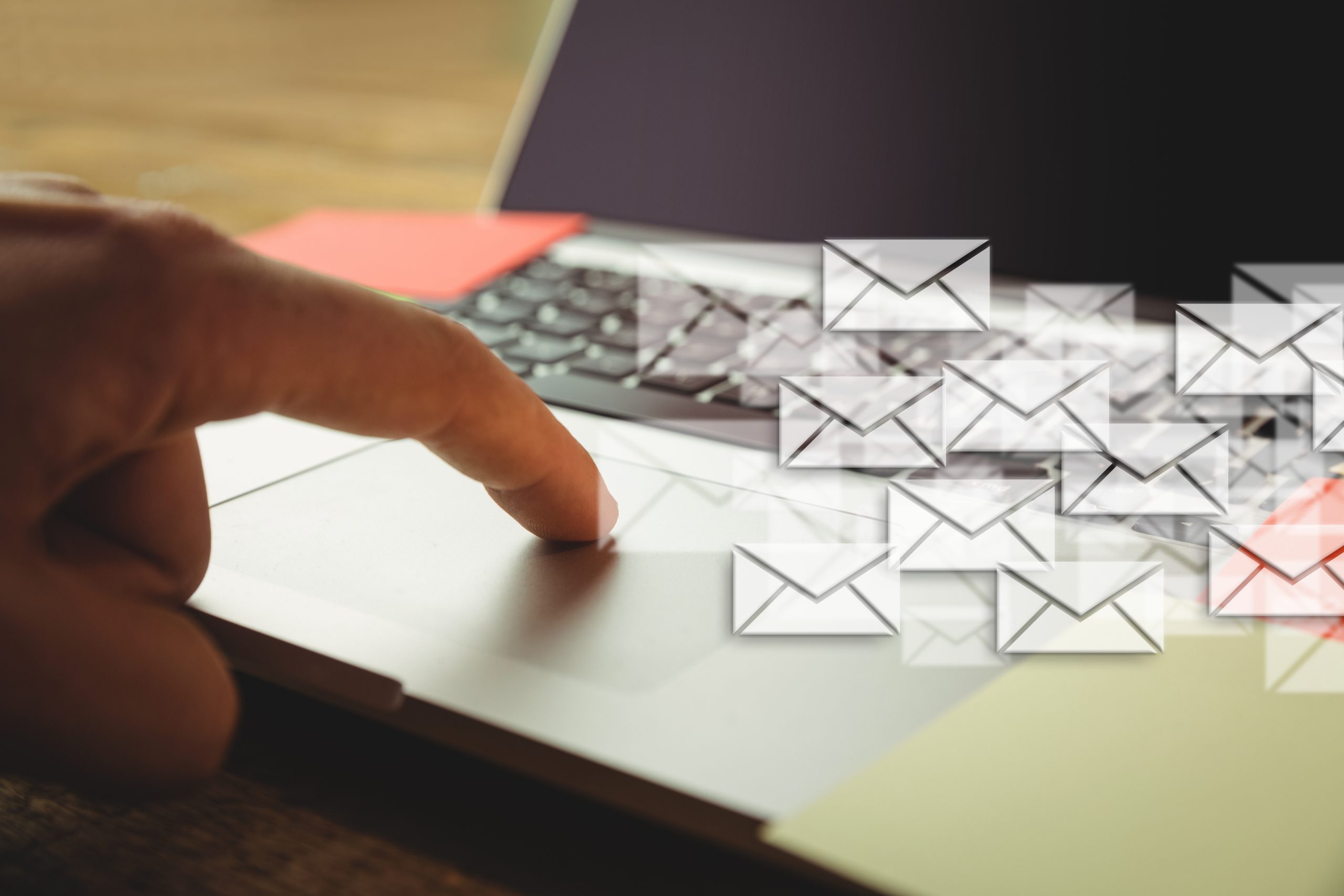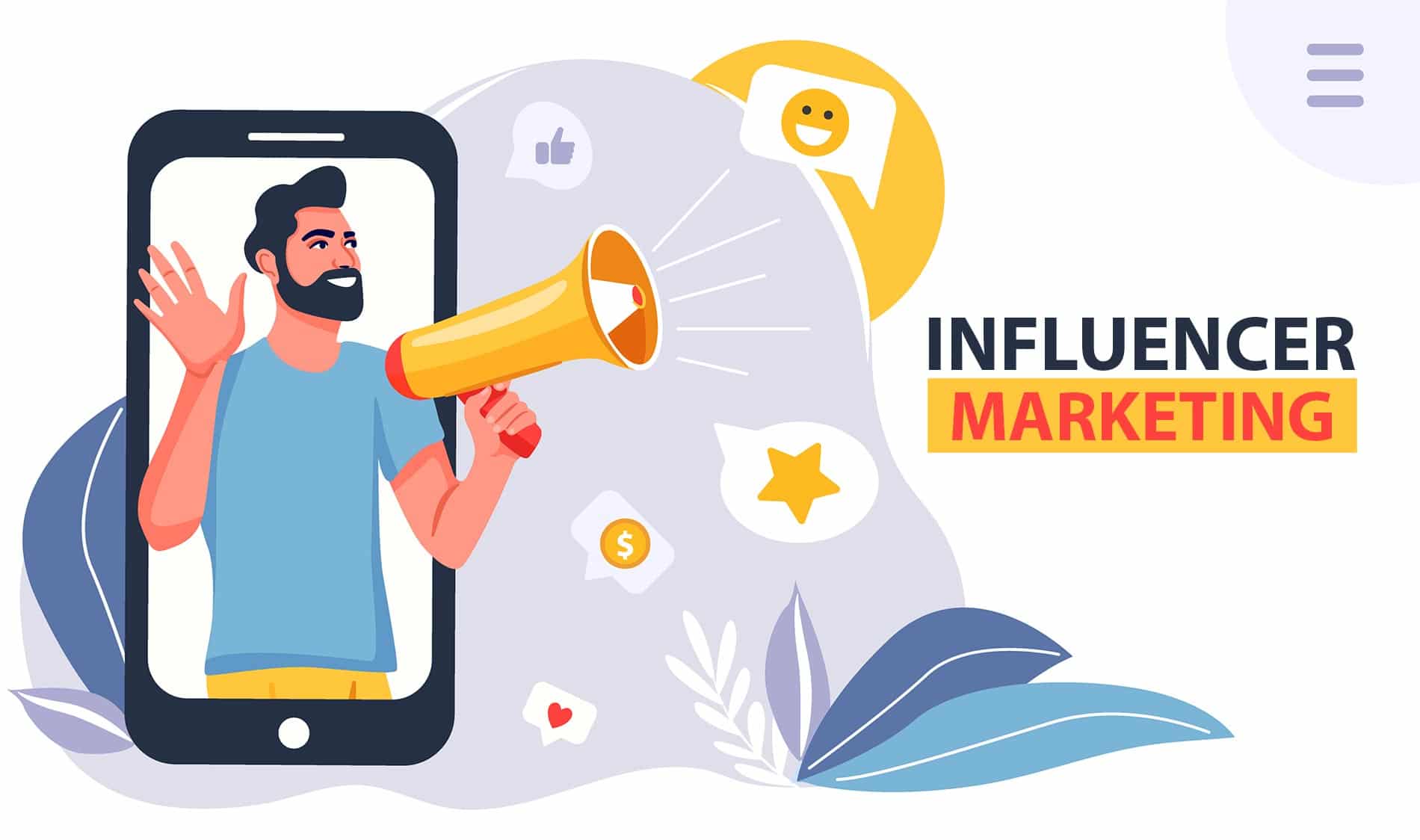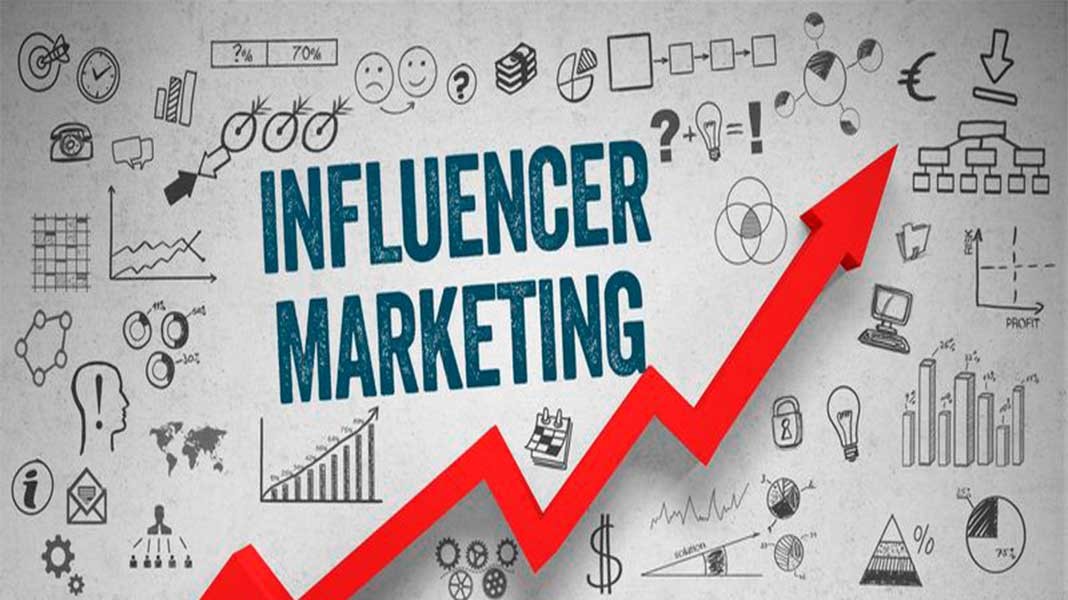How to Build an Effective Email List: A Step-by-Step Guide
Email marketing remains one of the most cost-effective digital marketing strategies. But to get results, you need more than just a large list — you need a high-quality, engaged email list built the right way. Whether you’re a small business, freelancer, or brand, a strong email list can help you nurture leads, build relationships, and boost conversions.
Here’s a step-by-step breakdown on how to build an effective email list from scratch.
1. Create a Clear Goal
Before you begin collecting email addresses, ask yourself: Why am I building this list? Are you looking to promote your blog, sell products, or update subscribers on news? Your goal will influence what kind of audience you want and how you approach them.
2. Offer Value in Exchange for Emails
People don’t give away their email addresses for free. To encourage sign-ups, offer something valuable in return:
- Lead Magnets: Create downloadable freebies such as eBooks, checklists, templates, or whitepapers.
- Discounts or Coupons: Great for eCommerce stores—offer a first-time buyer discount.
- Exclusive Content: Share special blog posts, videos, or webinars only available via email.
Make sure the offer is relevant and solves a real problem for your audience.
3. Design Eye-Catching Signup Forms
Your form should be simple, mobile-friendly, and positioned where visitors will notice it. Ideal locations include:
- Website header or sidebar
- Blog post footers
- Exit-intent popups
- Dedicated landing pages
Only ask for essential information — usually just a name and email address. Long forms decrease conversions.
4. Use a Trustworthy Email Marketing Tool
Invest in a reliable email marketing platform like Mailchimp, ConvertKit, or Brevo (formerly Sendinblue). These platforms help you:
- Collect emails securely
- Create engaging newsletters
- Segment your audience
- Track open and click-through rates
They also help you stay compliant with privacy regulations like GDPR.
5. Drive Traffic to Your Signup Forms
Even the best signup form won’t help if no one sees it. Drive targeted traffic to your form using:
- SEO-optimized blog posts
- Paid ads (Google or Meta)
- Social media promotions
- Guest posts or influencer partnerships
- Webinars or live events
The more eyes you get on your offer, the faster your list will grow.
6. Segment Your List from the Start
Don’t treat all subscribers the same. Segment your email list based on:
- Interests
- Purchase behavior
- Demographics
- Sign-up source
This allows you to send more personalized, relevant messages—which leads to higher engagement and fewer unsubscribes.
7. Nurture with a Welcome Email Series
The first few emails are crucial. Set up an automated welcome sequence to:
- Introduce your brand
- Deliver the promised lead magnet
- Share popular content or products
- Set expectations for future emails
Keep it friendly, conversational, and value-driven. This builds trust right from the beginning.
8. Stay Consistent (But Don’t Spam)
Send emails regularly so subscribers don’t forget about you—but don’t flood their inbox either. Weekly or bi-weekly updates work well for most businesses.
Make sure your emails include:
- A compelling subject line
- Useful content (not just promotions)
- A strong CTA (call-to-action)
Over time, your subscribers will start to look forward to your emails.
9. Use Double Opt-In for Better Quality
With double opt-in, users confirm their subscription via email. This step ensures your list contains only interested, real people, and helps reduce bounce rates and spam complaints.
10. Clean Your List Periodically
A bloated list with inactive users hurts your open rates and email deliverability. Every few months:
- Remove invalid or bounced emails
- Re-engage inactive subscribers with special offers or surveys
- Remove users who haven’t interacted in 6–12 months
A smaller but active list is better than a huge list with zero engagement.
Final Thoughts
Building an effective email list is about quality, not just quantity. Focus on attracting the right people with the right message at the right time. When done properly, your email list becomes one of your most powerful marketing assets—helping you build stronger relationships, increase conversions, and drive business growth.




